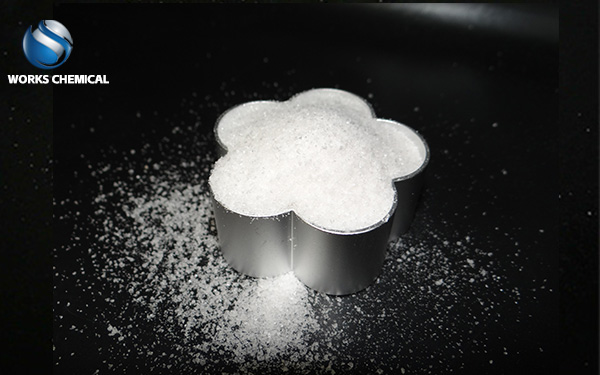
The selection and application of deep dewatering agents for printing and dyeing sludge are of great significance to improve the dewatering efficiency, reduce the moisture content and reduce the cost of follow-up treatment. The following is a detailed analysis of sludge deep dewatering agents:

First, the main pharmaceutical types
Traditional pharmaceutical
Ferric chloride, polyferric sulfate, lime, polyaluminum chloride: These inorganic flocculants and conditioners are commonly used in the sludge dewatering process, but there may be limited sludge reduction effect, change sludge properties or increase the difficulty of follow-up treatment.
Polyacrylamide (PAM), especially cationic polyacrylamide, is widely used in urban and industrial wastewater treatment because of its small amount and high dehydration efficiency. However, for the special quality of printing and dyeing sludge, the use of PAM alone may have limited effect.
New sludge conditioner
Polymer: As a drying agent in the sludge dewatering process, compared with the traditional PAM flocculant, the new sludge conditioner can significantly reduce the sludge water content, partially or completely replace the inorganic flocculant and conditioner, and achieve the reduction of sludge volume and volume, while maintaining the sludge properties and organic matter content, without changing the pH value and salt content of the filtrate.
2. Application effect
Reduce water content
After using the new sludge conditioner combined with the plate and frame filter press, the weight of the pressed sludge is obviously reduced, and the water content of the mud cake can be reduced to 40%-60%.
Improve dehydration efficiency
The new sludge conditioner can change the surface structure of the sludge, reduce the solid surface load of the sludge, and make the sludge more easily dehydrated. At the same time, the bacterial structure is destroyed, the number of bacteria in the sludge is reduced, and the viscosity of the sludge is reduced, thus improving the dehydration efficiency.
Improve filter press efficiency
After the use of sludge dehydrant, the efficiency of the plate and frame filter press can be increased by 100% to 500%, greatly shortening the mud press cycle and improving productivity.
Reduce energy consumption and operating costs
Due to the improvement of the efficiency of the filter press, the energy consumption is reduced, and the replacement frequency of the filter cloth of the plate and frame filter press is reduced, thus saving the operating cost.
Improve the quality of cement cake
The quality of the deccementing cake is improved, which provides convenience for the subsequent treatment.
Reduce environmental impact
The use of new sludge conditioner can reduce the amount of wastewater and pollutant discharge in the process of sludge dewatering, and reduce the impact on the environment. At the same time, improving the efficiency of sludge resource utilization is helpful to reduce the disposal pressure of sludge.
Third, use method
Tempering tank mixing
The sludge is pumped to the conditioning tank, and at the same time, the sludge conditioner and synergist are added to the conditioning tank to fully mix the reaction.
Dewatering treatment
The sludge is pumped into an ultra-high pressure press by an automatic high pressure pump for dewatering.
Follow-up treatment
The filtrate is returned to the sewage system for treatment, and reused or discharged after reaching the standard; The dehydrated mud falls into the conveyor belt below and is concentrated to the discharge yard.
Iv. Summary
The selection of sludge dewatering agents should be considered according to the specific properties of sludge, treatment objectives and economic costs. Because of its remarkable dewatering effect and environmental protection advantages, the new sludge conditioner has a broad application prospect in the deep dewatering treatment of printing and dyeing sludge. However, which agents to use and how to use them still need to be tested and optimized in light of the actual situation.